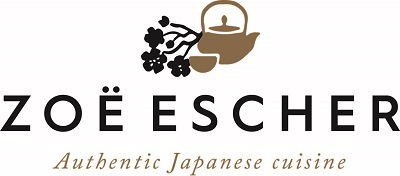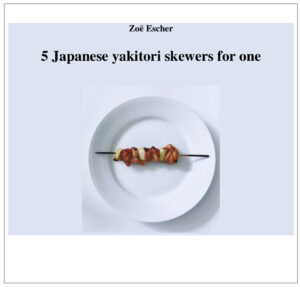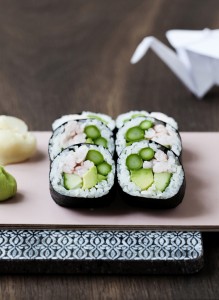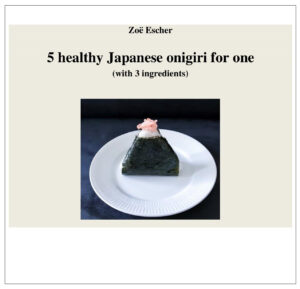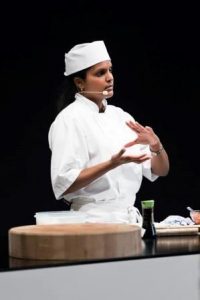In Japan, noodle soups are considered a healthy fastfood that fits the Japanese busy everyday life with work, family and leisure.
In Denmark and the rest of Europe, most people are familiar with ramen noodle soup, which is made with miso.
In Japan, the selection of noodle soups is very large, there are many types of noodle soups which are made either from chicken stock, pork stock or fish stock. In Japan several different types of noodles are used for noodle soups. The choice of noodles depends on what kind of soup is being made.
In Denmark and in Europe there are manye noodle soup restaurants that serves noodle soups. The taste is different compared to noodle soups thats are served at restaurants in Tokyo. In Japan, chefs uses other ingredients and techniques to make the delicate and tasty dish with the unique flavors and aromas that characterize ramen noodle soups in Japan.
You can also learn to make it. On the Noodle soup course for beginners, you learn step by step how to make noodle soups from scratch. You learn about dos and don’ts so that you get the most possible value for your money when you make the most popular Japanese fastfood at home.
_
Zoë has lectured and held sushi courses for A. P. Moller – Maersk, Hugo Boss Nordic, Novo Nordisk, Novartis, Velux, Gorrissen Federspiel, Beierholm revision, Elbek & Vejrup and many more.
